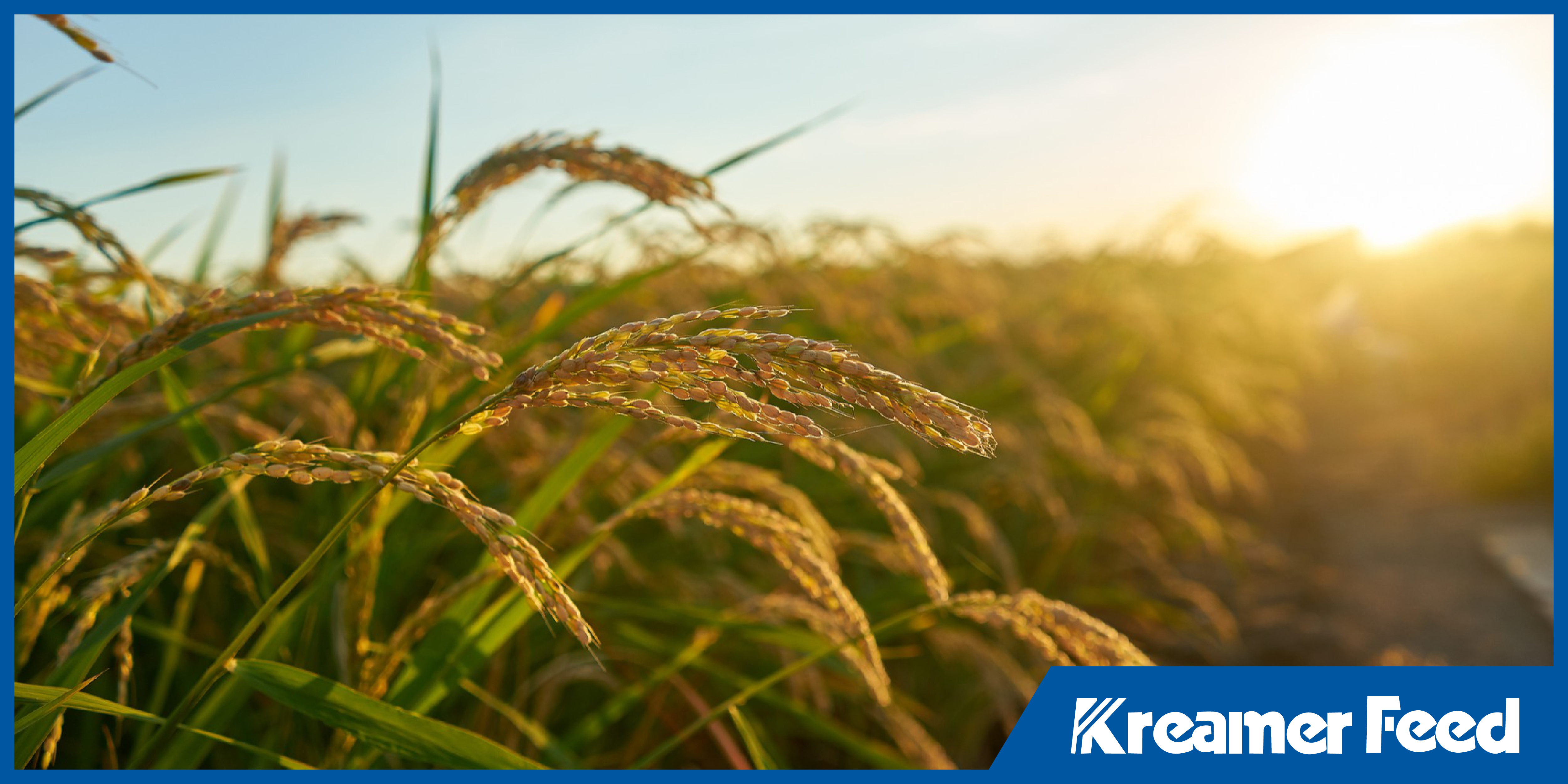
According to an article from Forever Farms, modern farming techniques are increasingly dependent on efficient, scalable, and sustainable practices in the evolving landscape of agriculture. Among these innovations, tote feed systems are gaining attention as a practical solution for delivering high-quality livestock feed while improving farm efficiency. But what exactly is tote feed, and how does it benefit farmers and livestock alike?
What is Tote Feed?
Tote feed refers to livestock feed that is packaged and transported in large, reusable containers known as “totes.” These totes, typically made from heavy-duty plastic or fabric, can hold a significant volume of feed of 2,000 pounds. This system allows for the efficient movement and storage of feed, bridging the gap between traditional bagged feed and full-scale bulk feed systems.
Benefits of Tote Feed for Modern Farming
1. Improved Farm Efficiency
One of the most notable advantages of tote feed is the operational efficiency it brings to farms. By reducing the time and labor involved in handling multiple small bags, farmers can streamline their daily routines.
Totes are designed to be handled by machinery such as forklifts or skid steers, minimizing manual labor and speeding up feeding times. For large-scale operations, this translates to significant savings in both time and manpower.
2. Enhanced Feed Management
Tote systems offer better control over feed management. With clear labeling and secure storage, farmers can easily monitor feed levels and consumption rates. This reduces waste and ensures that livestock receive the correct rations consistently. Moreover, the risk of contamination is significantly lowered compared to open storage or loosely sealed bags.
3. Support for Animal Nutrition
High-quality animal nutrition depends not only on the composition of the feed but also on how it is stored and delivered. Tote feed helps maintain feed integrity by protecting it from moisture, pests, and other environmental factors. This means livestock are consuming feed that retains its intended nutritional value, promoting better health, weight gain, and productivity.
4. Cost-Effectiveness
While the initial cost of setting up a tote feed system may be higher than buying bagged feed, the long-term benefits make it a cost-effective choice. Reduced labor costs, decreased waste, and bulk pricing for larger quantities contribute to overall savings. Plus, many suppliers offer refillable tote programs, which can further reduce ongoing expenses.
5. Sustainability and Environmental Benefits
Sustainability is a growing priority in agriculture. Tote feed supports sustainable farming practices by reducing the reliance on single-use packaging. The reusable nature of totes cuts down on plastic waste and aligns with environmentally responsible farming methods.
In addition, the efficiency of tote systems means fewer deliveries and reduced fuel consumption, contributing to a lower carbon footprint.
Integration with Agricultural Technology
Modern agricultural technology plays a key role in maximizing the benefits of tote feed systems. Many farms now use automated feeders and sensors to monitor feed usage in real time. Tote feed integrates seamlessly with these technologies, offering consistent delivery and data tracking capabilities that help optimize farm operations.
Is Tote Feed Right for Your Farm?
Whether you’re managing a small family farm or a large commercial operation, tote feed offers flexibility and scalability. It is particularly valuable for farmers looking to enhance efficiency without compromising on feed quality or sustainability. If you choose this option, be sure your farm has the storage space and unloading equipment needed to remove the palletized tote feed from the delivery truck.
At Kreamer Feed, we understand the diverse needs of farms because we’ve been proudly serving them since 1947. As a family-owned and operated company, we’ve built long-standing relationships with growers and agricultural partners across generations. Our commitment to transparency, quality, and customer support means we don’t just deliver organic and conventional livestock feed, we deliver confidence.